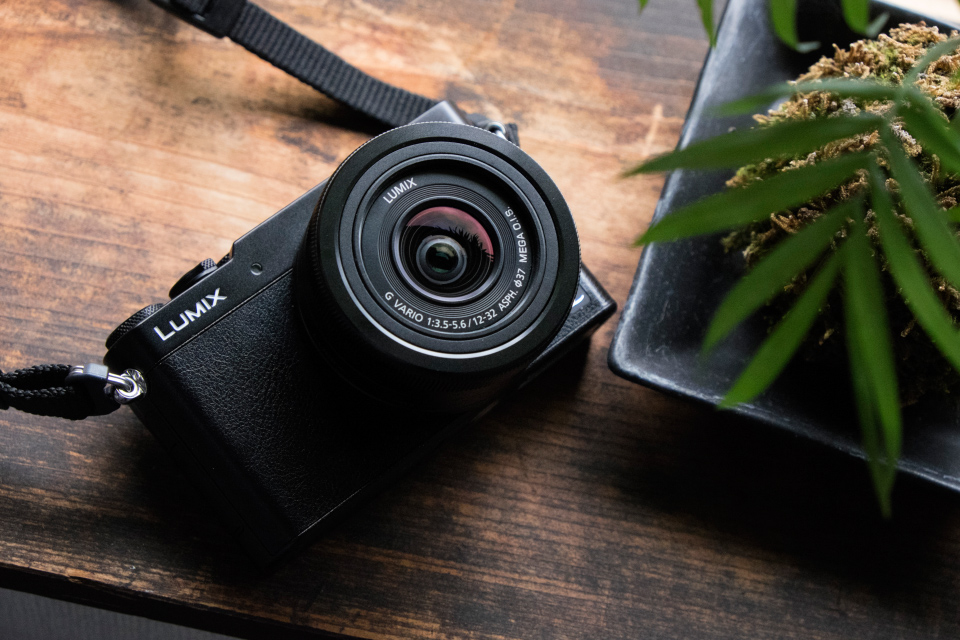PHOTO YODOBASHI
YODOBASHI CAMERA ONLINE PHOTO MAGAZINE

Panasonic LUMIX DMC-GM5 / SHOOTING REPORT
When the GM5 was presented in Photokina the other day, it gathered attention because it is an advanced model derived from the GM1K, the smallest micro four-thirds camera. It's taller and thicker than the GM1K by just few millimeters, so it's still a very small body considering it has the EVF. But, it's not just a matter of smallness. A good camera must have a good operability and image quality. And, I learned that the GM5 is a great camera more than meets the requirements.
( Photography : T.Takahashi / Text : KIMURAX )

It's so light that you can instantly start shooting whether you hang it from the neck or you put it inside the bag. Even though the subject is moving, the quick AF follows it. The image quality is excellent thanks to the "16M Live MOS sensor" and the "VENUS engine." This Japanese scene looks so tasty, doesn't it?

Depending on shooting styles or camera history, some people likes cameras with a LCD monitor, while others prefer a LCD monitor. However, when the scene has an intense lighting, it's easier to compose with a viewfinder. The GM5's high resolution EVF (Electric View Finder) has 1160000 dots and the 100% coverage, so it's very easy to view. And, this image has a great balance between the highlight and the shadow.

I had an impression that Panasonic cameras generate vivid primary colors, but the color reproduction of this model is neutral in most cases. And, it's sharp, but naturally soft. The subject is clearly separated from the background, too.

The kit lens "LUMIX G VARIO 12-32mm F3.5-5.6 ASPH. / MEGA O.I.S." does have distortion aberration at the wide-end, but as a wide zoom starting from 12mm, it's normal. And, it becomes negligible at around 14mm. even though it's backlit, it has a minimal amount of ghost and everything else is OK. And, the diffraction isn't observed even at F16 and the lines look very sharp.

What about the image quality of a scene with a flat lighting? The white tone looks very natural. The shadow of the chairs and tables look soft. This camera's potential is very high.


Despite the combination of the micro four-thirds sensor (which produces smaller bokeh than DLSR cameras with larger sensors) and a zoom lens, you can still get fairly big bokeh if you shoot from close distance. The bokeh develops naturally from the focus peak and it conveys the mood.

The tonal gradation of the sky and the shadow is perfect. Also, the camera has an acceleration sensor and it has the level gauge (horizontal and vertical), which comes in handy when shooting architecture, etc.

The tiny body isn't a consequence of omitting functions, but a result of adding them.
All images were shot using the EVF. By looking into it, I feel great and think I can focus more on shooting. I admire Panasonic who features this 100% coverage EVF into such a tiny body. Plus, it has seven "function buttons" where you can assign shooting functions of your choice. This enables direct control of settings without opening the menu screen. In short, the tiny GM5 has an excellent and image quality. This is a body you can keep using for years, and in the course of time, you can always add other lenses. Try it and experience the size, usability, and image quality. I'm sure you don't want to release it once you hold it.
( 31.10.2014 )